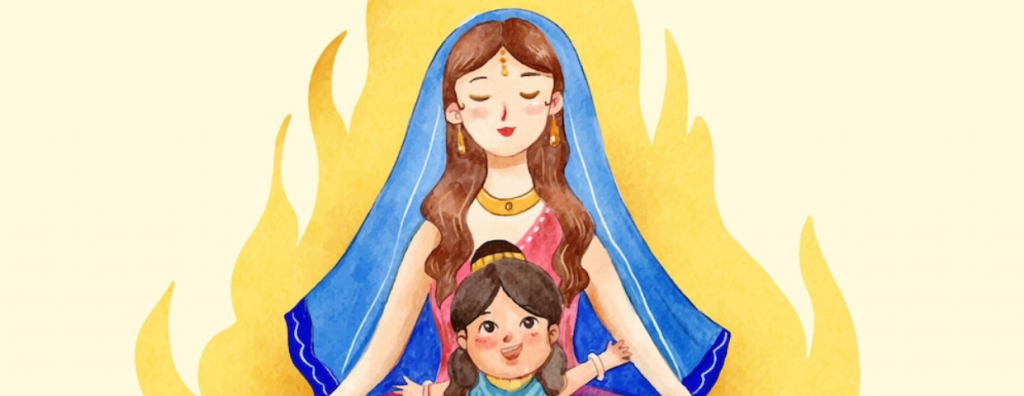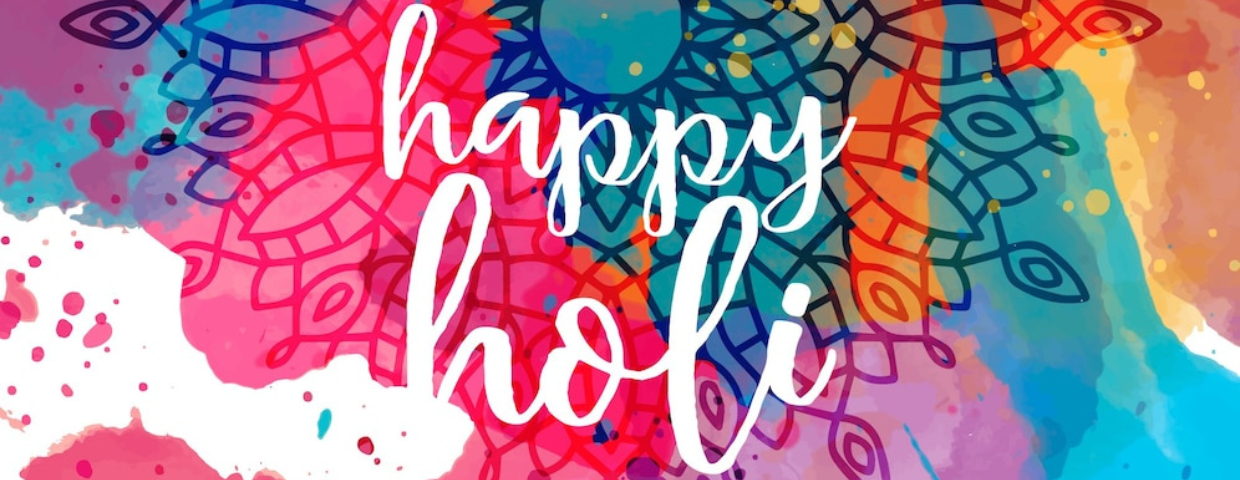The excitement to celebrate the festival of colours cannot be explained. From little kids playing with water pichkaris to grown-ups playing with colourful gulal, the festival is all about happiness. Usually, people gather with their family members and friends to play Holi together. Kids start playing weeks back because the festival is full of fun.
But, do you know about the mythological story behind playing this colourful festival? Well, if not then let me share it with you.
The story began when the King of asuras-Hiranyakashipu wanted that everyone should worship him as a god. The king had the power that he could neither be killed by a man nor an animal. He had a sister named Holika who had the power to stay alive in fire and a son named Prahlada who worshipped god Vishu since he was born. The vigorous king did not accept it and tried to punish his own son in many brutal ways. The story ended when the king’s sister Holika trapped Prahlada. She took him along and they both sat in a burning flame thinking that the fire won’t hurt her as she had that power. But eventually, the ending was totally opposite. Prahlada came out absolutely fine as his trust over god Vishu won and Holika could not survive because of her evil mind and trick. Later on, god Vishu appeared in a half man and half lion avatar, which is known by the name Narsimha. Then he killed the king and the story ended.

The conclusion of the story is that good always wins over evil. This is the significance of burning Holi a day before playing it with colours and water. Almost everyone in India follows the same Holi tradition. Although, there are many different ways of playing Holi that differ on the basis of states.
- Rang Panchami-Maharastra: Wet and dry Holi with colours and water.
- Royal Holi-Rajasthan: Organized by the Mewar family, has a royal feel due to adorned horses and a special band.
- Hola Mohalla-Punjab: Music. dance and martial arts for warriors.
- Khadi Holi-Uttarakhand: People gather together in a Toli and walk on the streets to play with colours.
- Lathmar Hoil-Uttar Pradesh: This celebration is like a game, women hit men with lathis and men protect themselves with dhal.
- Phaguwa-Bihar: Music, folk dance, wet water and dry colours
- Yaosang–Manipur: Traditional Manipuri folk dance with wet and dry water and colours.
- Basant Utsav-West Bengal: Procession of god Krishna with poetry, dance and colours.
- Dola-Orissa: Prayer of god Jagannath. Wet and dry Holi with water and colours.
- Manjal Kuli–Kerala: Celebration with turmeric colour and more natural colours.
- Shigmo-Goa: Parade with street dance and folk songs.












